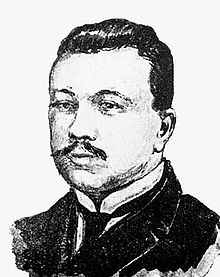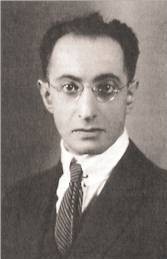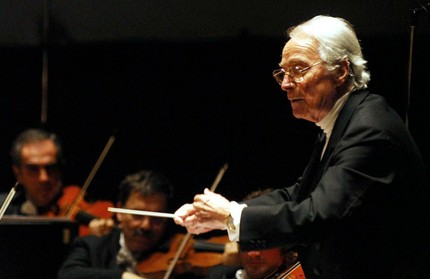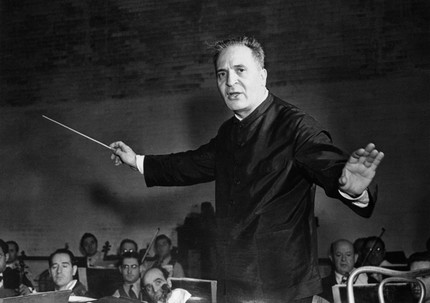
Arnold Evadievich Margulyan (Margulyan, Arnold) |
Margulyan, Arnold
Soviet conductor, People’s Artist of the Ukrainian SSR (1932), People’s Artist of the RSFSR (1944), Stalin Prize (1946). In the galaxy of musicians who stood at the origins of the Soviet art of conducting, Margulyan has a prominent and honorable place. He began to work in the pre-revolutionary years, not having received a conservatory education, but having passed through an excellent practical school. Playing the violin in the orchestra of the Odessa Opera House, Margulyan learned a lot from the experienced conductor I. Pribik, and later, in St. Petersburg, he worked under the direction of V. Suk.
In 1902, Margulyan made his debut as a conductor, and his intense artistic activity immediately began. Petersburg, Kyiv, Kharkov, Odessa, Tiflis, Riga, cities of Siberia and the Far East – where the artist has not worked! Margulyan, first as an orchestra player, and then as a conductor, often collaborated with outstanding masters of the Russian theater – F. Chaliapin, L. Sobinov, N. Ermolenko-Yuzhina, N. and M. Figner, V. Lossky … This joint work enriched him invaluable experience, allowed to penetrate deeper into the world of images of Russian opera classics. The best traditions of interpreting Ivan Susanin, Ruslan and Lyudmila, Boris Godunov, Khovanshchina, Prince Igor, The Queen of Spades, Sadko, The Tsar’s Bride, The Snow Maiden received passionate adherent and successor.
The talent of the artist was fully revealed during the years of Soviet power. For several years, Margulyan headed the Kharkov Opera House, staging, along with classical works, a number of operas by Soviet authors – Dzerzhinsky’s The Quiet Don and Virgin Soil Upturned, Yurasovsky’s Trilby, Femilidi’s The Rupture, Lyatoshinsky’s Golden Hoop … But especially a vivid trace was left by his activities in the Urals – first in Perm, and then in Sverdlovsk, where Margulyan from 1937 until the end of his days was the artistic director of the opera house. He managed to achieve a sharp rise in the artistic level of the troupe, enriched the repertoire with many brilliant performances; one of his best works – the production of “Otello” by Verdi was awarded the State Prize. The conductor introduced the Sverdlovsk citizens to the operas The Battleship Potemkin by Chishko, Suvorov by Vasilenko, Emelyan Pugachev by Koval.
Margulyan’s style as a conductor attracted with impeccable skill, confidence, harmony of interpreter’s ideas, and emotional strength. “His art,” he wrote in the Soviet Music magazine. A. Preobrazhensky, – was noted by the breadth of outlook, the ability to identify the psychologically correct interpretation of the stage and musical image, to keep the author’s intention intact. He knew how to create a perfect balance between the sound of the orchestra, the vocalists and the stage action.” The relatively rare concert performances of the artist were no less successful. Possessing remarkable tact, erudition and pedagogical talent, Margulyan, both in opera theaters and in the Ural Conservatory, where he was a professor since 1942, brought up many subsequently famous vocalists. Under his leadership, I. Patorzhinsky, M. Litvinenko-Wolgemut, Z. Gaidai, M. Grishko, P. Zlatogorova and other singers began their journey.
L. Grigoriev, J. Platek





